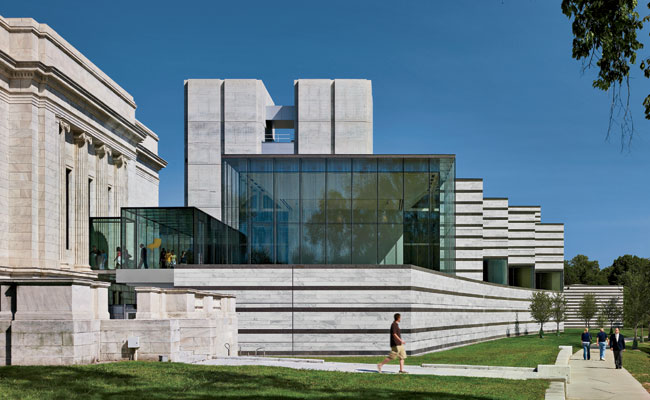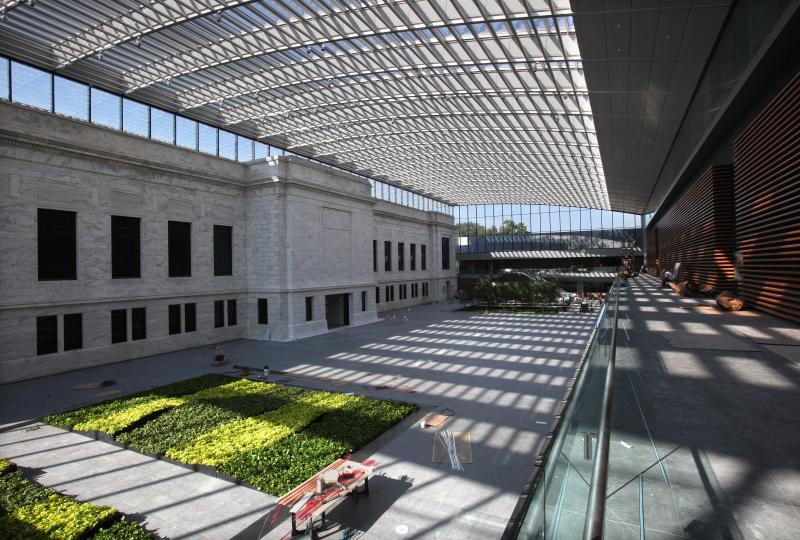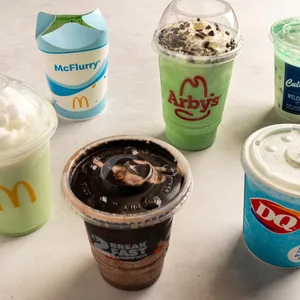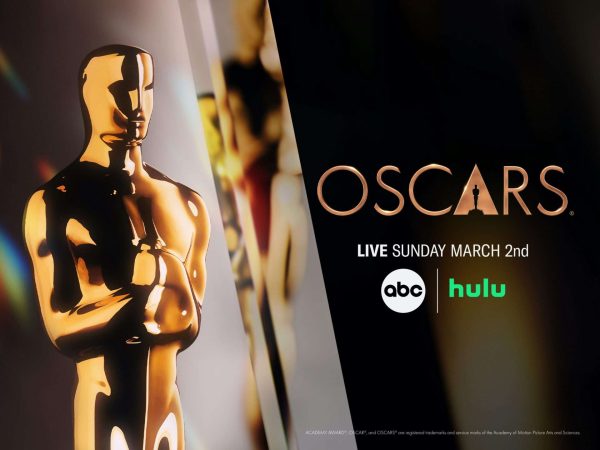The Expansive Impact of the Cleveland Museum of Art
A total of 50,000 decorating pieces and the third best art library in the nation, according to Dyane Hanslik, are some of the distinctive traits that make the Cleveland Museum of Art a leading artistic institution. The museum’s impact ranges from artistic to intellectual, local to global, through classes, lectures, programs, and exhibitions.
Hanslik is the Family and Youth Program Director at the museum. She explains, “The Cleveland Museum of Art has a lot of local impact in trying to offer people entertainment, learning, and increasing artistic ability.”
The establishment’s local impact seems straightforward: the museum accounts for exposure to and learning about art. Artistic education is achieved through the museum’s affordable classes for individuals of all ages. During classes, students study original artistic works located in the museum’s extensive galleries. On the intellectual side, the museum often gives lectures and talks, such as Eating Atom Bombs by Dana Schutz. Her lecture featured a tour of her exhibition, a compilation of her recent works of art depicting dystopian scenes that represent the recent political climate following the 2016 US election.
Periodically, the museum showcases special and temporary exhibitions such as its most recent, The Jazz Age. The exhibition showcased furniture, clothes, art, and photography from the 1920s.
However, the museum is also a tool for bringing individuals of all religions, genders, and ages together. Events like the Chalk Festival and Parade The Circle join people for a common purpose: to create and showcase art.
Hanslik told a story to represent the idea that the Cleveland Museum of Art’s impact also extends globally. At one point, she explained, the museum owned a statue of a monkey named Hanuman, the Hindu monkey god. Cambodian government officials and the Asian art curator of the museum collaborated and found what was reportedly the base of the Hanuman statue. Newly-found evidence explained the statue was likely looted and sold. Discussion and working with lawyers and directors of museums followed. Finally, as a gesture of good will, the Cleveland Museum of Art returned Hanuman to Cambodia. As a result, Cambodia lent the museum a part of the Prasat Chen Temple wall, which temporarily was on loan at the museum as part of an exhibition last year.
Art classes, lectures, locally-hosted events, and collaboration with different countries define the Cleveland Museum of Art’s extensive impact–not only locally in the Cleveland area, but globally as well.








